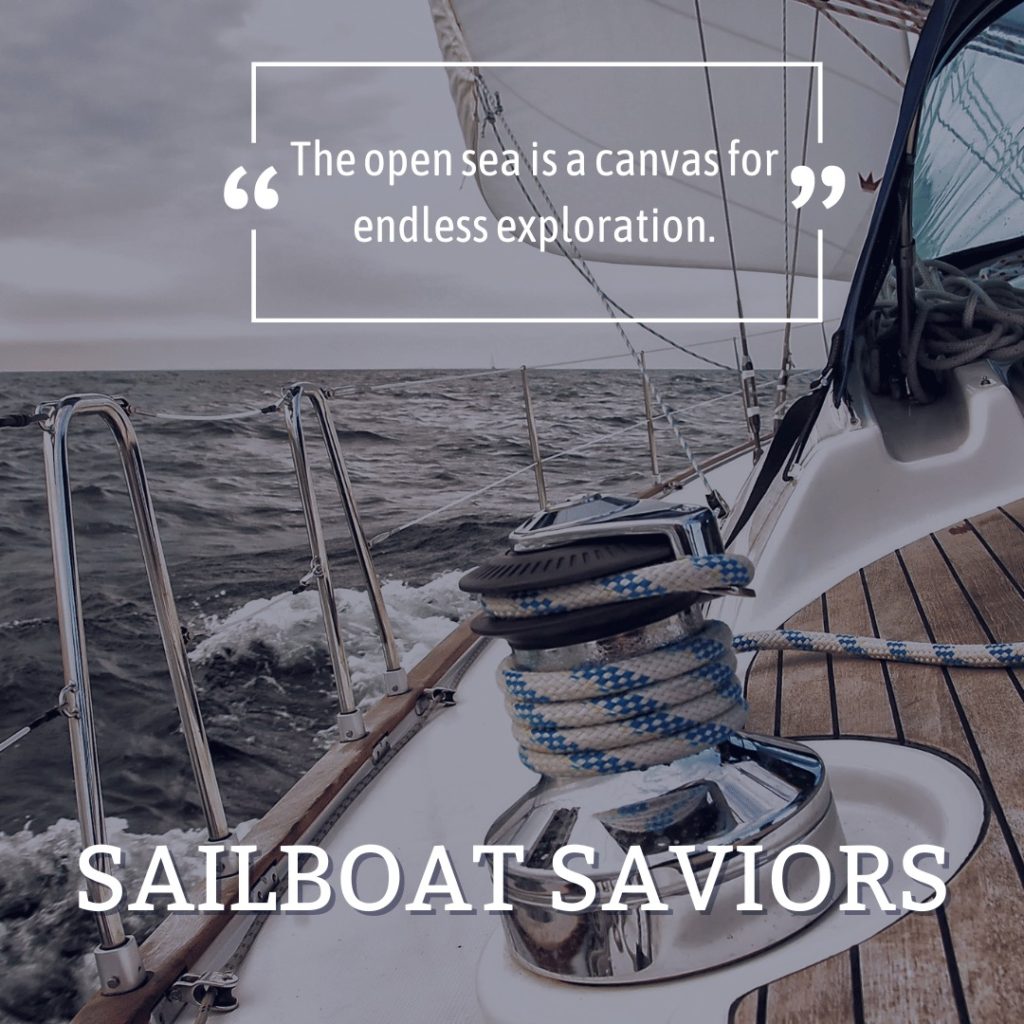
Explore the World on Your Own Terms, if You Consider These Important Factors When You First Commit to Picking the “Just Right For You” Sailboat!
There’s nothing quite like the freedom of setting sail on the open seas, with the wind in your hair and the world at your feet. Whether you’re a seasoned sailor or a newcomer to the world of sailing, choosing the right boat is a critical step in ensuring a safe and enjoyable adventure. In this guide, we’ll explore the various types of sailboats available, from monohulls to catamarans, and provide essential tips to consider when selecting the perfect boat for your needs. If you consider the factors mentioned in this article, you will make a more informed and confident decision when picking the right sailboat! Let’s get started!
Types of Sailboats:
Vital Points to Keep in Mind When Deciding on the Right Sailboat: why Monohulls?
(Monohulls are the most common type of sailboat, with a single hull design that is ideal for sailing in a variety of conditions. They are popular with blue water cruisers, who need a boat that can handle rough seas and long voyages. Monohulls are known for their stability and agility, making them a popular choice for racing enthusiasts as well. Their long, narrow design allows for speed and maneuverability, but can also lead to a cramped living space below deck, but not necessarily! Because there are so many interior layouts and lifestyle considerations, among other unique factors to consider when picking the right sailboat, we offer personal consultations, but this article is a great start! )
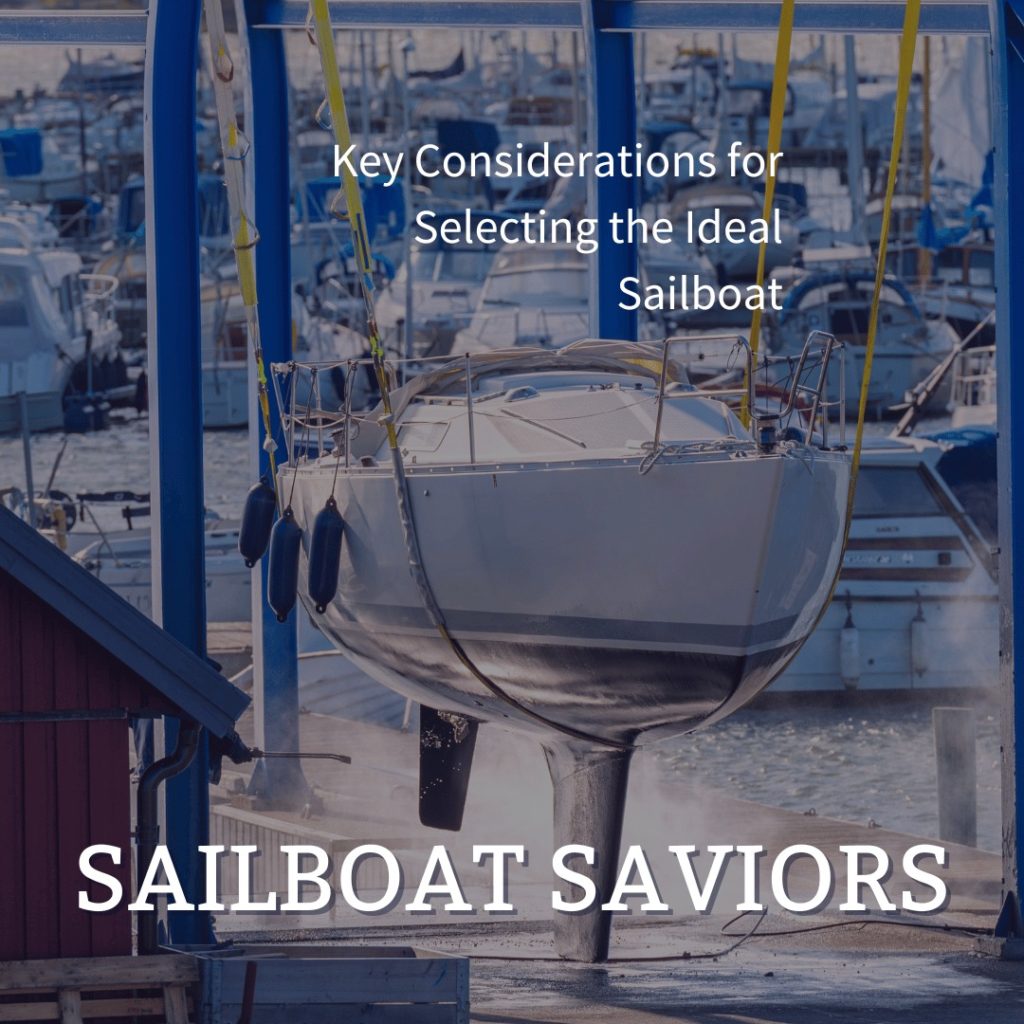
Monohulls are the traditional sailboats that most people think of when they picture sailing. They have a single hull and a keel, which is a weighted fin that helps to keep the boat stable in the water. Monohulls are the most common type of sailboat and come in many different sizes and designs to fit a variety of sailing needs.
One important consideration when choosing a monohull is the type of keel it has. There are several different types of keels, including full keels, fin keels, and wing keels. Each type has its own advantages and disadvantages, and the right choice will depend on the type of sailing you plan to do.
Full keels are the oldest type of keel and are often found on classic sailboats. They provide a lot of stability in the water, making them a good choice for offshore cruising. However, full keels also create a lot of drag, which can make the boat slower and less maneuverable. They also make the boat more susceptible to running aground in shallow waters, which are important factors to consider when picking the right sailboat. Still, we went with a full keel after trying many different types of sailboats, and are grateful we did!
Fin keels are the most common type of keel on modern sailboats. They are narrow and deep, which makes them more efficient and faster than full keels. They are a good choice for racing and coastal cruising because they allow the boat to maneuver easily in tight spaces. However, they also make the boat less stable in the water and more susceptible to rolling in heavy seas.
Wing keels are a type of fin keel that has a flat, horizontal plate on the bottom. This plate provides additional stability, making the boat less likely to roll in heavy seas. They are a good choice for cruising and offshore sailing because they provide good performance and stability. However, they can also be more expensive to maintain and repair than other types of keels.
When choosing a keel, it’s important to consider the type of sailing you plan to do and the waters you’ll be sailing in. For example, a full keel may be a good choice for someone planning to do offshore cruising, but it may not be the best choice for someone sailing in shallow coastal waters. Additionally, some people may be more prone to seasickness on boats with certain types of keels, so it’s important to consider this when making a choice.
In summary, monohulls are a classic choice for sailors and come in a variety of sizes and designs. The type of keel is an important consideration when choosing a monohull, with full keels providing stability but less maneuverability, fin keels providing efficiency but less stability, and wing keels providing a balance between the two. It’s important to choose a keel that fits your sailing needs and the waters you’ll be sailing in.
Essential Factors to Evaluate When Choosing Your Perfect Sailboat: why Catamarans?
(Catamarans, on the other hand, have two hulls that are connected by a deck. They have a wider beam, which provides greater stability and living space than a monohull. They are popular with coastal cruisers, who prefer a boat that can navigate shallow waters and provide more comfort and space for living. Catamarans are known for their speed and smooth ride, but may require more maintenance and have a higher initial cost.)
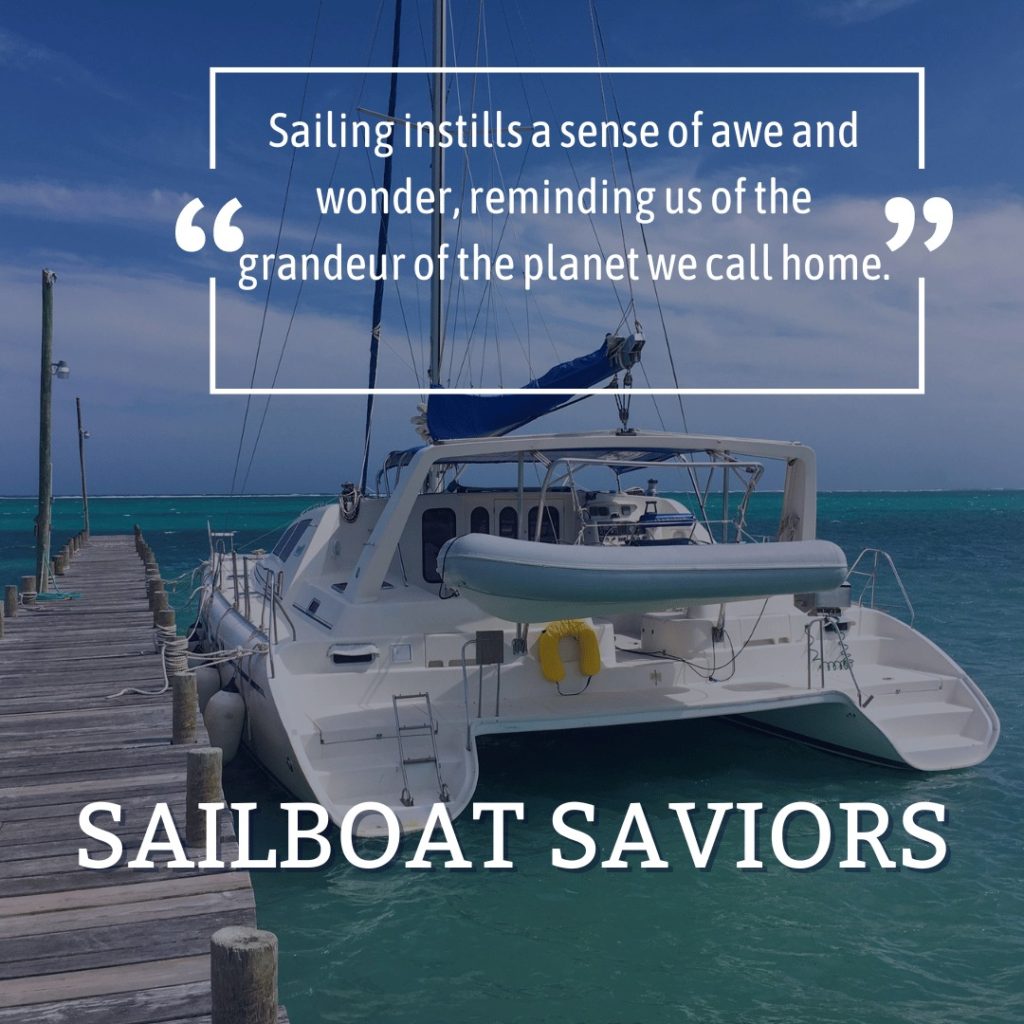
One thing to keep in mind when considering a catamaran is that they are generally more expensive to keep in a marina than a monohull. This is because they take up more space and have a wider beam, so you’ll typically need a larger slip or mooring. Additionally, repairs and maintenance can be more expensive due to the specialized equipment needed to work on a catamaran.
That being said, catamarans do have some advantages over monohulls when it comes to repairs and maintenance. For example, they typically have more accessible engine compartments and storage areas, making it easier to work on systems and equipment. This can be especially beneficial for older sailors who may not be as nimble or have as much strength as younger sailors. And if your plan is to spend a lot of time on the water, these will be crucial factors for older sailors to consider when picking the right sailboat.
However, it’s important to note that catamarans can also have some hazards to consider. For example, they are more prone to capsize in heavy seas than monohulls, and they can be more difficult to handle in high winds. Additionally, the shallow draft that makes catamarans so great for exploring shallow waters can also make them more susceptible to running aground if you’re not careful.
Overall, catamarans can be a great choice for sailors who want more space and comfort than a monohull can offer, as well as the ability to explore shallow waters. However, it’s important to weigh the added costs and potential hazards before making a decision.
Blue Water Sailboats vs Coastal Cruisers: Even More factors to consider
(Another factor to consider when selecting a sailboat is whether you plan to embark on blue water or coastal cruising. Blue water cruising involves extended voyages in open ocean, while coastal cruising involves shorter trips along the coastline. Blue water cruisers need a boat that is sturdy, reliable and can handle a variety of weather conditions. Coastal cruisers, on the other hand, can get away with a boat that is less rugged, but provides more space and comfort.)
When it comes to the type of sailing you plan to do, you’ll need to consider the different features of a blue water boat versus a coastal cruiser. Blue water boats are designed for long-distance travel and are built to handle rougher seas and stronger winds. They often have a more robust construction, which allows them to be more durable and handle rougher conditions, but also means they are heavier and slower.
One of the key features of blue water boats is their expanded holding capacity for storing food and supplies. They typically have larger fuel and fresh water tanks, allowing you to stay at sea for longer periods without needing to resupply. This is especially important when sailing in remote areas where you may not have access to a marina or supplies for extended periods.
Coastal cruisers, on the other hand, are designed for shorter trips, typically within sight of land. They are lighter and faster than blue water boats, making them more agile and adaptable to changing conditions. They also tend to be more affordable than blue water boats.
While blue water boats are sturdier, they can be less adaptive due to their weight, which can make it challenging to navigate in shallower waters or dock in certain ports. Additionally, repairs and maintenance on a blue water boat can be more expensive, which should be factored into your budget.
It’s important to consider the type of sailing you plan to do and the waters you’ll be navigating when choosing between a blue water boat and a coastal cruiser. If you plan to do long-distance trips and sail in rougher conditions, a blue water boat may be the better choice for you. However, if you’re primarily planning shorter coastal trips, a coastal cruiser may be more suitable.
Overall, regardless of the type of boat you choose, it’s essential to take into account the maintenance and repair costs associated with ownership. Forgetting to consider that important factor when picking the right sailboat may you regretting not spending enough time doing research at the start! Blue water boats have a reputation for being sturdier and more reliable, but they do come with a higher cost of ownership.
It is also essential to note that blue water boats’ weight makes them less likely to rock violently at anchor, giving their owners a much better experience. This feature is especially important to older individuals, or those prone to seasickness, who may have difficulty navigating a vessel that rocks a lot.
A bit more about coastal cruisers:
Coastal cruisers are typically smaller and more affordable than blue water boats. They are designed for shorter trips, usually staying closer to shore and in calmer waters. However, coastal cruisers may not be as well-equipped as blue water boats, and may not offer the same level of comfort for longer journeys. They can also have limited headroom, which may be uncomfortable for taller people.
Additionally, coastal cruisers may not have full kitchens or galleys, which can make cooking and food storage more challenging. For instance, the galley may only have a sink, and a camp stove may need to be used for cooking. Additionally, some coastal cruisers may not have an indoor shower and may require an outdoor shower extension.
Despite these limitations, coastal cruisers are often more maneuverable and easier to handle than blue water boats, making them a good option for beginners or those who are new to sailing. They are also typically more affordable and easier to maintain, which can be a major advantage for those on a budget or looking for a more casual sailing experience.
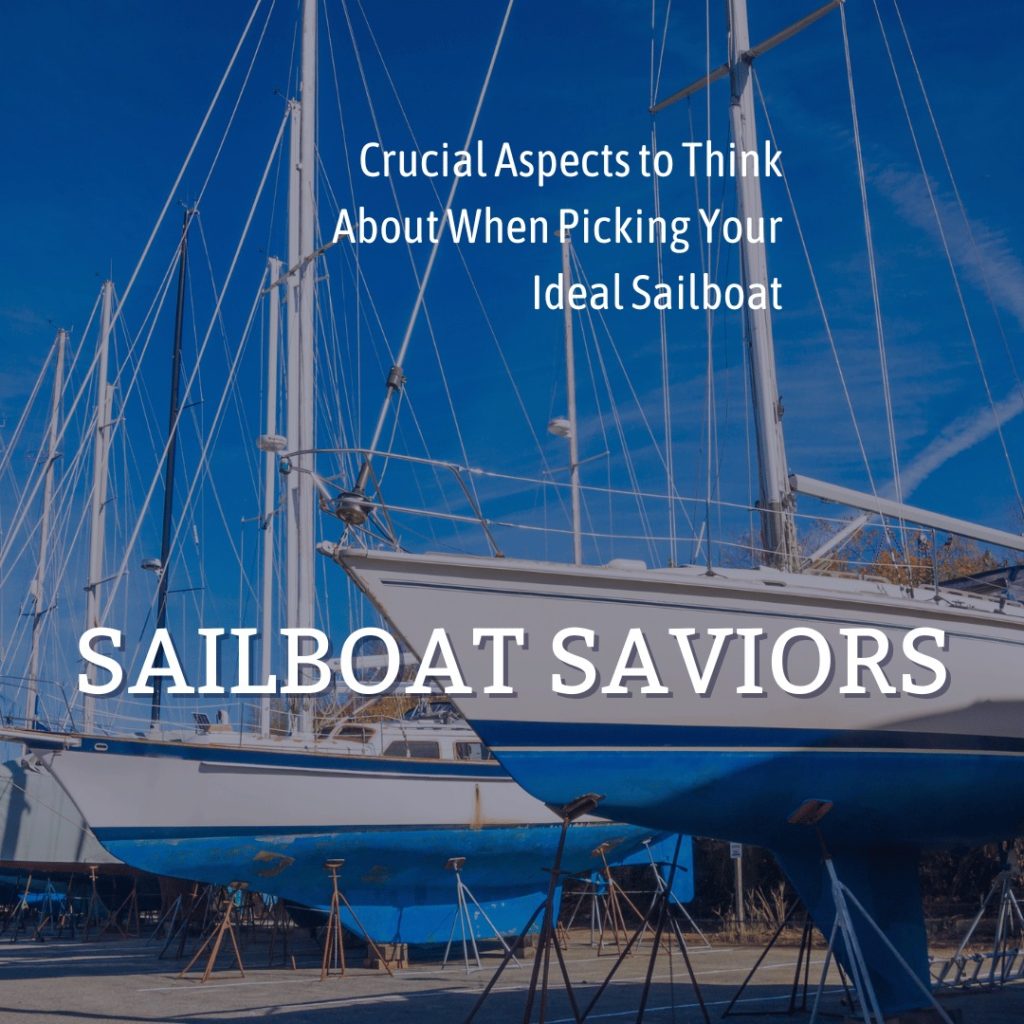
Quiz:
To help you determine the right boat for your needs, we’ve put together a quick quiz:
Are you planning on blue water or coastal cruising?
Do you prefer speed or comfort?
How many people will be on board?
What is your budget?
Conclusion:
(Choosing the right sailboat can make all the difference in the success and enjoyment of your next sailing adventure. Whether you’re a seasoned sailor or just starting out, there are a variety of factors to consider when selecting a boat, including type, size, and purpose. By taking the time to research and understand your needs, you can find the perfect boat to take you on your next great adventure.)
Choosing the right sailboat is crucial for any sailing adventure, as it can mean the difference between a smooth and comfortable trip or a rough and unpleasant experience, especially if your planning to live aboard your boat for any length of time! Whether you’re a seasoned sailor or just starting out, there are several important factors to consider when selecting a boat that fits your needs.
One of the first considerations is the type of sailboat that you want to sail. There are several different types of sailboats, each with its own advantages and disadvantages. Some common types include monohulls, catamarans, trimarans, and schooners. Monohulls are the most traditional type of sailboat, while catamarans have two hulls and are known for their stability and spaciousness. Trimarans have three hulls and are typically used for racing, while schooners have multiple masts and are known for their elegance.
Another important factor to consider when selecting a sailboat is size. The size of the boat will depend on how many people will be sailing, the distance of the trip, and the amount of gear you need to carry. Larger boats may be more comfortable for longer trips and can offer more storage space, but they can also be more challenging to maneuver.
The purpose of the sailboat is another crucial consideration. If you plan to sail in protected coastal waters, a coastal cruiser may be the best option for you. Coastal cruisers are typically smaller boats that are designed for easy handling and comfortable cruising in calm waters. On the other hand, if you plan to sail in open waters and undertake longer voyages, a bluewater cruiser may be a better option. Bluewater cruisers are designed for offshore sailing and are built to withstand the rough seas and strong winds of open waters.
Age and physical abilities can also be a factor in selecting the right sailboat. Some boats may require more physical strength and stamina to handle, while others are designed with ease of use in mind. Additionally, certain boats may require more maintenance and upkeep than others, which can be a consideration for those who are older or have limited mobility.
Ultimately, the key to selecting the right sailboat is to research and understand your needs and preferences. Take the time to evaluate your budget, sailing goals, and preferred sailing destinations to help determine which type of sailboat will be the best fit for you. With careful consideration and planning, you can find the perfect sailboat to take you on your next great adventure.
Ready to set sail on your next adventure? Subscribe to our newsletter for more great tips and insights on the world of sailing.
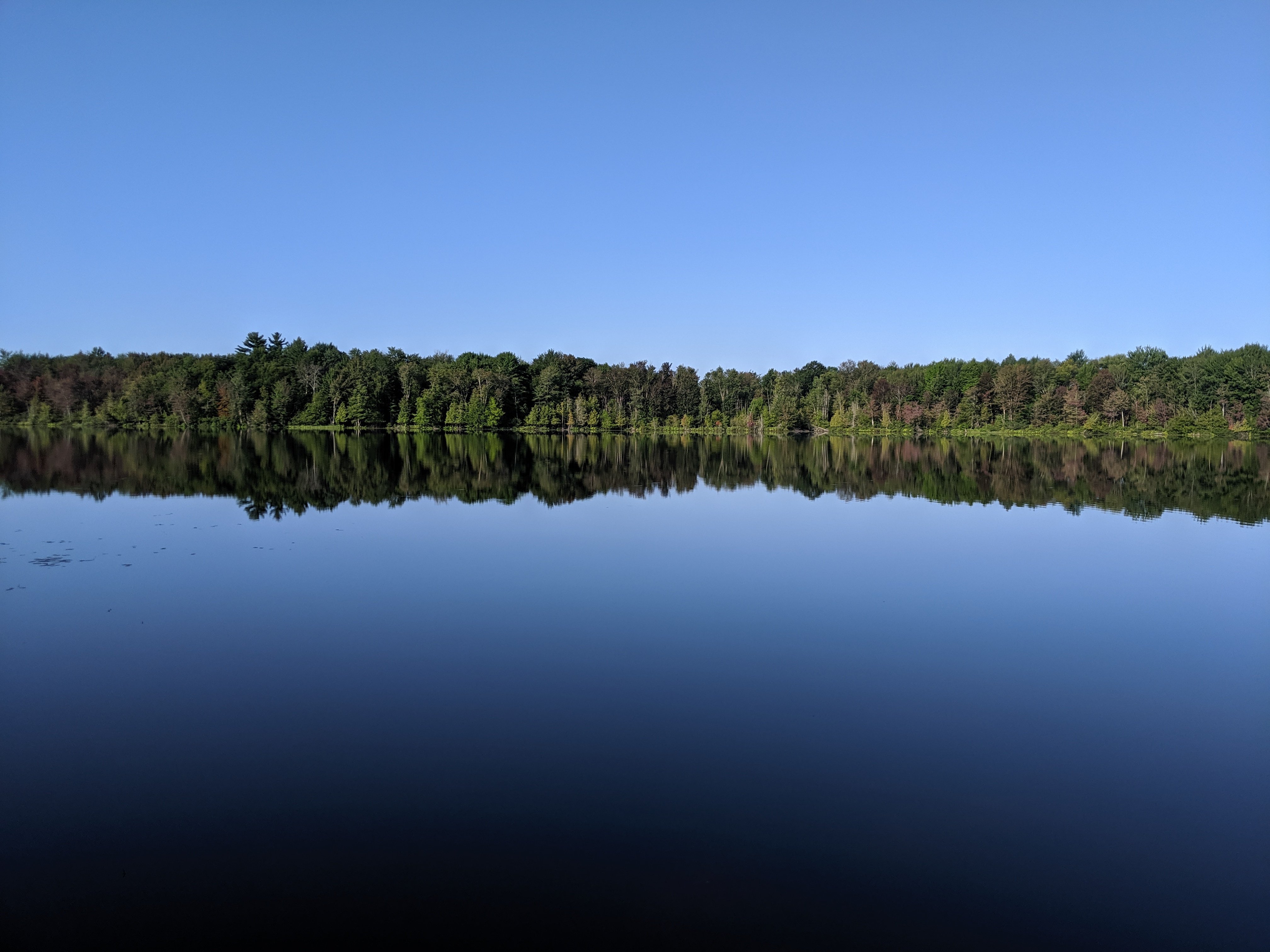
Bonus
Bonus
Bonus
Bonus
Explore the Experiences of Expert Content Creators: Insights and Inspiration for picking The right Sailboat
Exploring real-life experiences and insights from content creators who live on their boats (and what factors they considered when picking the right sailboat) can be an invaluable resource as you navigate the process of selecting the right sailboat for your next adventure. These individuals have firsthand knowledge and a deep understanding of what it takes to live and sail on different types of boats, and their experiences can provide valuable guidance and inspiration.
We encourage you to check out the following content creators who have documented their boat selection journeys, shared tips and tricks, and offered a glimpse into their lives on the water:
Gone With The Wynns: This inspiring couple has sailed a catamaran from the start and are in the process of building a new catamaran.
RAN Sailing: This sailing couple is faithful to monohulls.
Sailing La Vagabonde: This single sailor became a duo and now the couple are raising a family while sailing. They started on a monohull and are now catamaran owners.
By exploring the stories and experiences of these content creators, you can gain valuable insights into the decision-making process, learn about different boat types, and discover firsthand accounts of what it’s like to live on the water. Their perspectives can help you make informed choices and find the sailboat that aligns with your needs, preferences, and sailing goals.
Remember, selecting the right boat is a personal journey, and the more information and perspectives you gather, the better equipped you’ll be to make an informed decision. These content creators offer a wealth of knowledge and inspiration, and their contributions to the sailing community can help you embark on your own unforgettable sailing adventure.